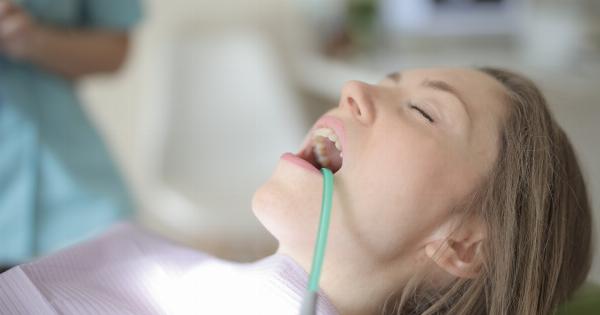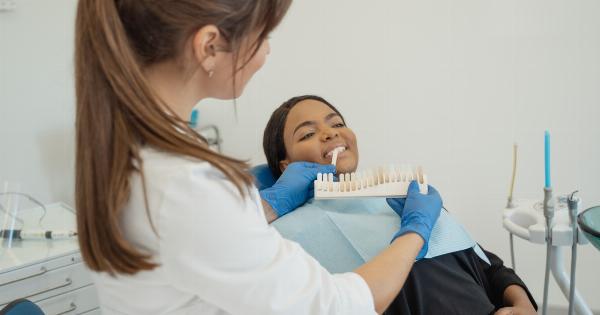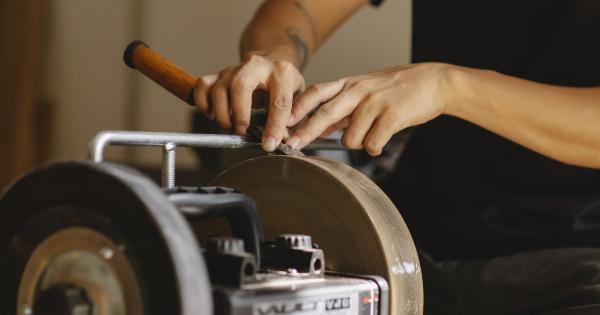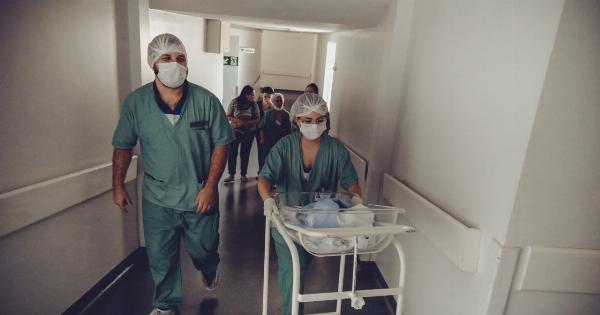Getting a tattoo is an exciting experience, but it’s important to take proper care of your new body art to avoid complications. One of the potential risks of getting a tattoo is the possibility of infection.
Infections can occur if the tattooing equipment isn’t sterile or if you don’t follow the aftercare instructions provided by your tattoo artist. In this article, we will discuss how to spot an infected tattoo and what steps you can take to prevent further complications.
1. Pay Attention to Excessive Redness and Swelling
One of the first signs of an infected tattoo is excessive redness and swelling around the tattooed area.
It is normal for a freshly tattooed area to be slightly red and swollen within the first few days, but if the redness and swelling persist or worsen after this initial period, it may indicate an infection. Keep an eye out for any changes in the appearance of the tattooed area.
2. Look for Pus or Discharge
Pus or discharge is another clear indicator of a tattoo infection. If you notice any yellow or green discharge oozing from your tattoo, it is a strong sign of infection. Discharge can have a foul smell and may be accompanied by pain or discomfort.
If you experience these symptoms, consult a healthcare professional immediately.
3. Monitor for Increased Pain or Sensitivity
While some pain and sensitivity around the tattooed area is normal during the healing process, an infected tattoo may cause a significant increase in pain or sensitivity.
If you find the pain is getting worse instead of subsiding or if the area is more sensitive to touch, it may be an indication of an infection. Remember, trust your instincts and seek medical attention if you feel something is not right.
4. Watch for Excessive Heat or Warmth
If the tattooed area feels excessively warm or hot to the touch, it could be a sign of infection. While mild warmth is expected during the healing process, extreme heat may indicate an infection.
Carefully feel the area surrounding the tattoo and compare it to other parts of your body. If there is a noticeable difference in temperature, it is wise to consult a healthcare professional.
5. Take Note of Persistent Itching
Itching is a common part of the healing process for a tattoo, but if the itching becomes persistent and doesn’t subside with proper aftercare, it may suggest an infection.
Scratching or excessively touching the tattoo can introduce bacteria and worsen the situation. If you cannot resist the urge to scratch, wash your hands thoroughly and use a clean, damp cloth to gently dab the area instead.
6. Notice Unusual Rashes or Bumps
If your tattooed skin develops rashes, hives, or visible bumps, it is often a sign of an allergic reaction or tattoo infection.
Allergic reactions can happen due to specific ink ingredients, while infections can occur if bacteria enter the tattooed area. If you notice any unusual changes in the texture or appearance of your tattoo, seek professional advice to properly diagnose the issue.
7. Keep an Eye Out for Fever or Chills
An infected tattoo can sometimes lead to systemic symptoms such as fever and chills. If you experience an unexplained high temperature or sudden chills in addition to any other signs of infection, it is crucial to seek immediate medical attention.
These symptoms may indicate a more severe infection that requires prompt treatment.
8. Be Aware of Lymph Node Swelling
If you notice enlarged and tender lymph nodes near the tattooed area, it may suggest an infection. Lymph nodes are an essential part of the immune system and can become inflamed when fighting off an infection.
Gently feel around the area to check for any changes in size or tenderness of the lymph nodes. If you detect abnormalities, consult a healthcare professional for an evaluation.
9. Consider Any Unpleasant Odor
An infected tattoo may produce a foul odor due to the presence of bacteria or pus. If you notice an unpleasant smell emitting from your tattooed skin, it is a strong indication of an infection.
Proper hygiene and regular cleaning during the healing process are essential to prevent the growth of bacteria, but if an infection occurs, seek professional help promptly.
10. Take Action: When to See a Healthcare Professional
If you observe any combination of the previously mentioned symptoms or develop a sense that something is seriously wrong with your tattoo during the healing process, do not hesitate to seek medical advice.
A healthcare professional can evaluate the situation and provide appropriate treatment to prevent further complications.
Remember, timely action is crucial when it comes to tattoo infections. Ignoring the signs can lead to more severe infections, delayed healing, or permanent damage to the tattooed area. Always prioritize your health and well-being.


























